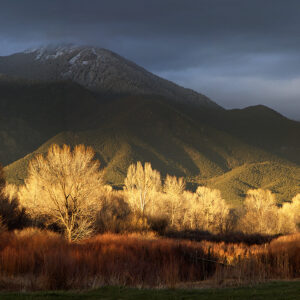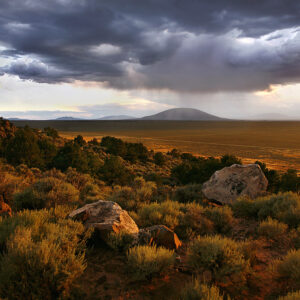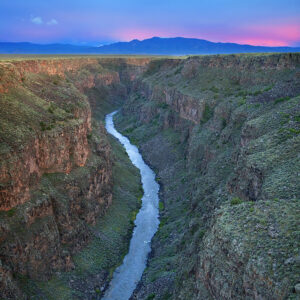Fine Art Images from the American Southwest
505-501-4880
Fine Art Images from the American Southwest
505-501-4880
Please visit any of the outstanding stores around New Mexico
or you may also order by calling:
505-501-4880 to use your credit card.
Checks are also welcome at:
Geraint Smith Photography
PO Box 83
San Cristobal, NM
87564
Be sure to include NM tax (7.3125%) and shipping ($6.95 book rate or $14.95 Priority Mail)
For international orders please email me
Brodsky Books
Guerrilla Graphix
Jones Walker Gallery
Taos Visitor Center
Harwood Museum Gift Shop
Op Cit Books
Taos Mountain Outfitters
The Taos Art Museum at Fechin House
Mabel Dodge Luhan House Gift Shop
Millicent Rogers Museum Gift Shop
Fine Art New Mexico
Rio Grande del Norte Visitor Center
Garcia Street Books
Collected Works Bookstore
Public Lands Visitor Center
Guerrilla Graphix
From the foreword by Taos Author John Nichols:
In this collection of images, Geraint Smith has given us a view of the Rio Grande del Norte area that is sublime. The view can be subdued and delicately poetic … or truly sensational.
Taos News Article, July 2014
By Rick Romancito
Visual Ecstasy.
Geraint Smith’s visual homage to the Rio Grande del Norte is truly awe-inspiring. Taking a good landscape photograph is more than being in the right place at the right time with the right tools at your command. In the photographer’s soul, there must also reside inspiration, honesty and vision, traits that some might say are all too common. But, that would diminish the intangible source of the end product: a photograph that causes the viewer to gasp in wonder.
Geraint Smith’s images will do that. Instead of being only a camera-tech geek (which he is in no small measure), he also gets out into the wild looking for images that he can display in his gallery. Surely, he trains his lens on the elements that make a good picture such as composition, animals or birds, and dynamic shapes, but it’s the light that permeates his photographs and makes them stand out. Smith is certainly is certainly a fine photographer, but he’d also make a great cinematographer. His images are so feature film-like, that you almost expect that eagle or meandering stream to begin moving amid the light of a setting sun somewhere in Taos or along the Rio Grande.
When we interviewed him last February for a “10 Questions” column in Tempo, Smith was asked about when he knows a photo is just right. he replied, “How does a painter or a musician know the final brush stroke or note? I can’t pretend to know their process, but for me, the scene before me presents itself. I either connect with it or I don’t. I can drive or hike around and not feel there is an image at all. Some days go by without taking a photo. Other days I may shoot 1 or 1,000 images until I’m done.”
Taos writer John Nichols, who also authored with local photographer Bill Davis “If Mountains Die” writes in the foreword “This book celebrates an area I have lived in, hiked through and adored for forty-five years. The images capture and celebrate my Rio Grande homeland as well as, or better than, any of our venerated artists from the past. Most poignantly, the photographs remind us of all that is precious and still remains. I give thanks to Geraint Smith for etching indelibly on our hearts the glory and fragility of the world we live in. Put simply, his work demands that we love and respect our earth and all life upon it.”
That’s the key here. When we look onto the Rio Grande, long before an act of Congress proclaimed this region a national monument, we who live here and hike the canyons and fish its waters see a place that is ours, unspoiled, heartbreakingly lovely. We can summon the sound of its rushing waters and crackling leaves and whisking powdery snow in the middle of traffic far away. At night we can dream of the coyote’s call or the high-pitched screech of a red-tailed hawk and a small tear will take shape for its longing. That’s also the real meaning behind the importance of the monument. To remember it in this way and to experience it for all time to come, it must be protected. It must be cherished.
Looking at the stunning images in this book, you can tell Smith gets it.
Here’s a quote from the book, “The natural beauty of rivers that flow through spectacular landscapes inhabited by an abundance of wildlife is perhaps the common denominator that continues to inspire people who live here as well as those visiting for the first time … To see all or any of these magnificent creatures, the intimate details of nature, and the vast landscapes and canyons we share, I encourage you to venture into The Rio Grande del Norte with reverence and wonder. The adventure just might change your life.”
–Taos News
Reviewed by John Senger February 25, 2015:
Breathtaking photographs of the Rio Grande landscape and wildlife reveal an emotional connection that pushes for conservation. In Rio Grande del Norte: An Intimate Portrait, photographer Geraint Smith boldly paints a powerful and colorful portrayal of nearly 240,000 acres of wilderness. Smith’s photographs are often breathtaking as he forcefully drives home the point that this beautiful piece of land needs to be preserved for all to enjoy.
The land in question is the Rio Grande Gorge and the surrounding high desert and mountains, located in northern New Mexico and southern Colorado. The Rio Grande del Norte National Monument was designated as such on March 25, 2013, by President Barack Obama, and consists of some of the most spectacular scenery in the lower forty-eight states. Geraint Smith is a photographer who grew up in the coal mining areas in England. He lives in Taos, New Mexico, and has been living in and taking pictures of this area for more than twenty-five years. His knowledge of and love for the Rio Grande del Norte shines through each photograph.
Like skilled painters, talented photographers do not merely record images. They study and capture light and its relation to the images presented in their photographs. Smith is very good at this. Some of his photos, such as “Cottonwoods and Sangre de Cristo Mountains,” are startling in their clarity and complexity. It is a simple picture: trees, mountains, and a field. Yet the light is the real focus, and elevates the composition in artistic value.
Smith has sprinkled throughout the book brilliant images of the various animals that populate this wilderness. The photographs “Morning Bobcat” and “A Three Coyote Morning” are particularly charming.
This book can be enjoyed over and over again; the reader will find something new and stimulating at each sitting. Photographs such as “First Snow” will captivate the viewer. The simple moment reflected here is of a road through the forest disappearing at the horizon. But there is more to it than that—it is an almost mythical entryway of gold, green, and orange, inviting the traveler into a land never before experienced.
Smith made the correct choice in letting his photographs tell the story. There is a minimum of accompanying narrative, and the collection is enhanced by a few quotes from environmentalist John Muir.
Rio Grande del Norte, in addition to being a wonderful collection of outstanding photographs, will serve as an informative guide to the armchair traveler who may never get an opportunity to visit and experience this beautiful place in person.





